Human Resources Management
Implementing HRM (Human Resource Management) module within a college ERP system can significantly streamline administrative processes and improve efficiency. Here's how it can be implemented:
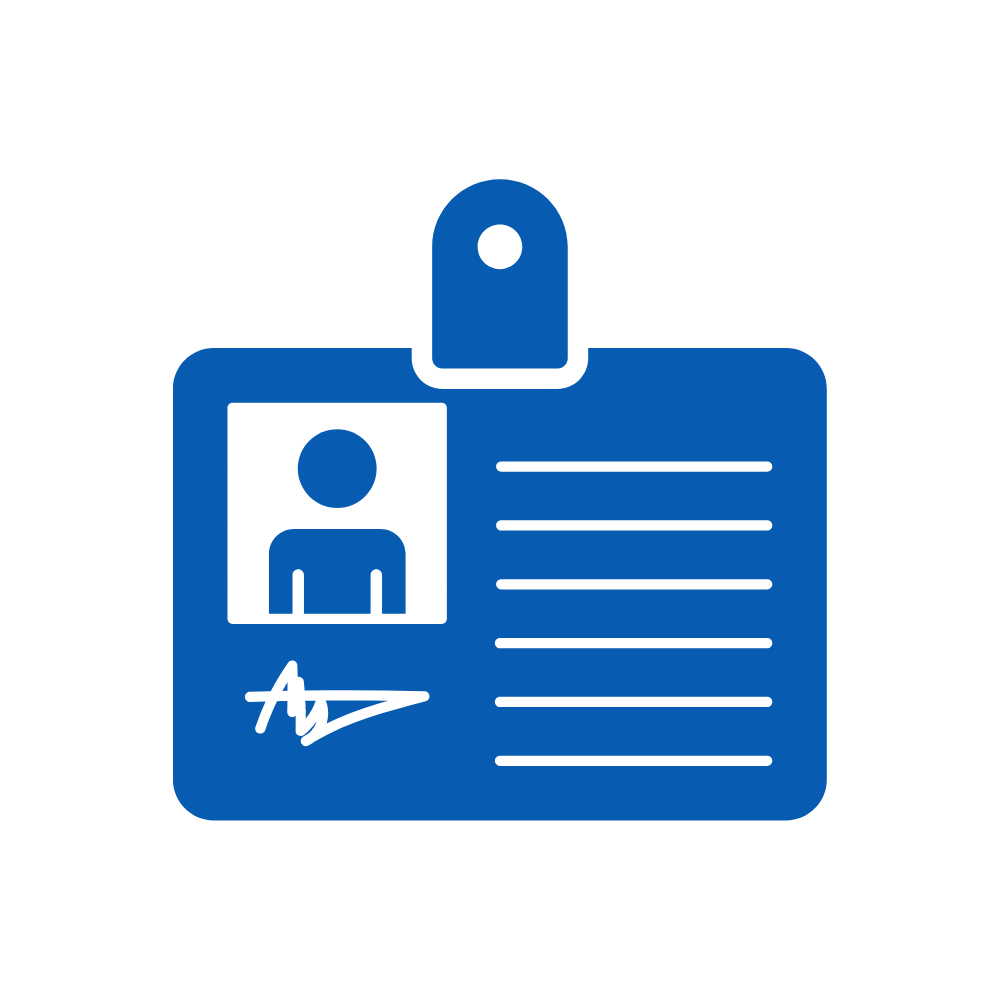
Employee Information
Maintain a centralized database of employee information including personal details, contact information, qualifications, and employment history. Enable employees to update their information and documents as needed.
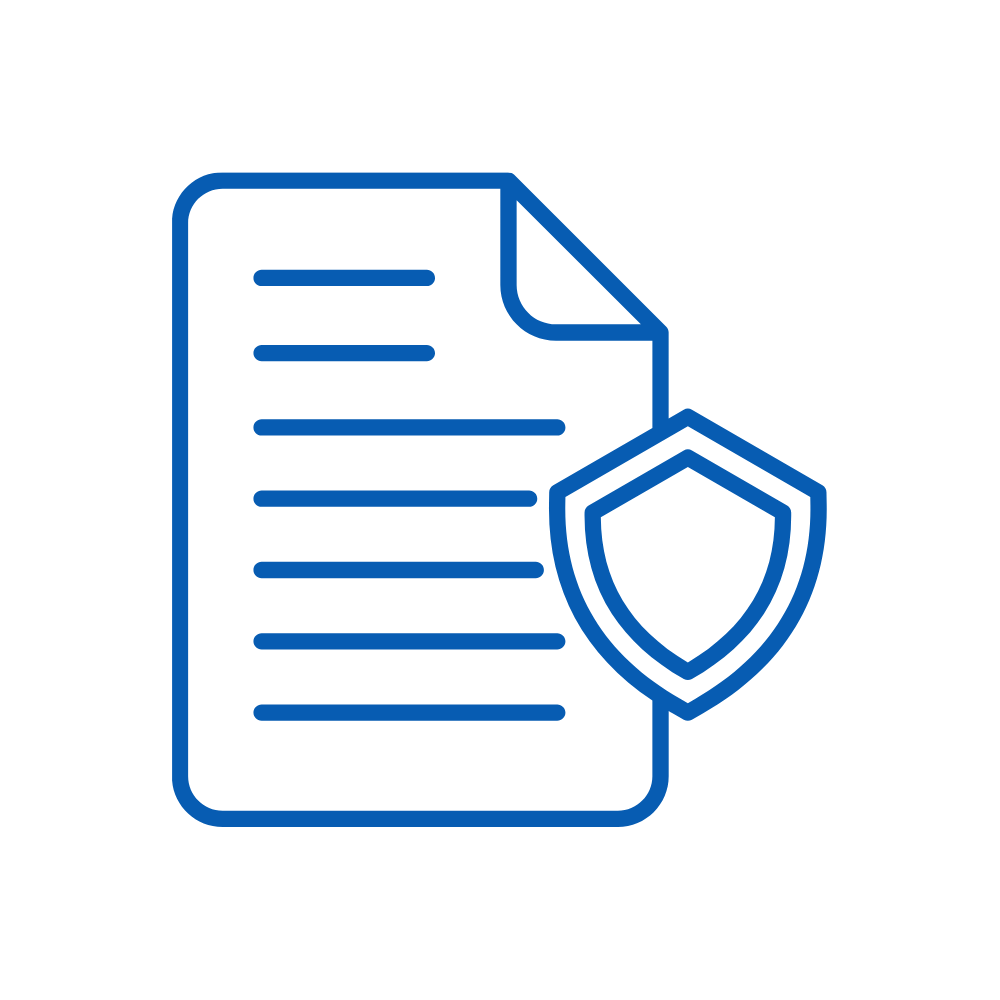
Compliance and Policies
Ensure compliance with labor laws, regulations, and organizational policies. Maintain documentation related to employee contracts, policies, and procedures.
Attendance and Leave Management
Record and track employee attendance, including clock-in/out times and leave requests. Automate leave approval processes and track leave balances. Generate reports on attendance patterns and leave utilization.
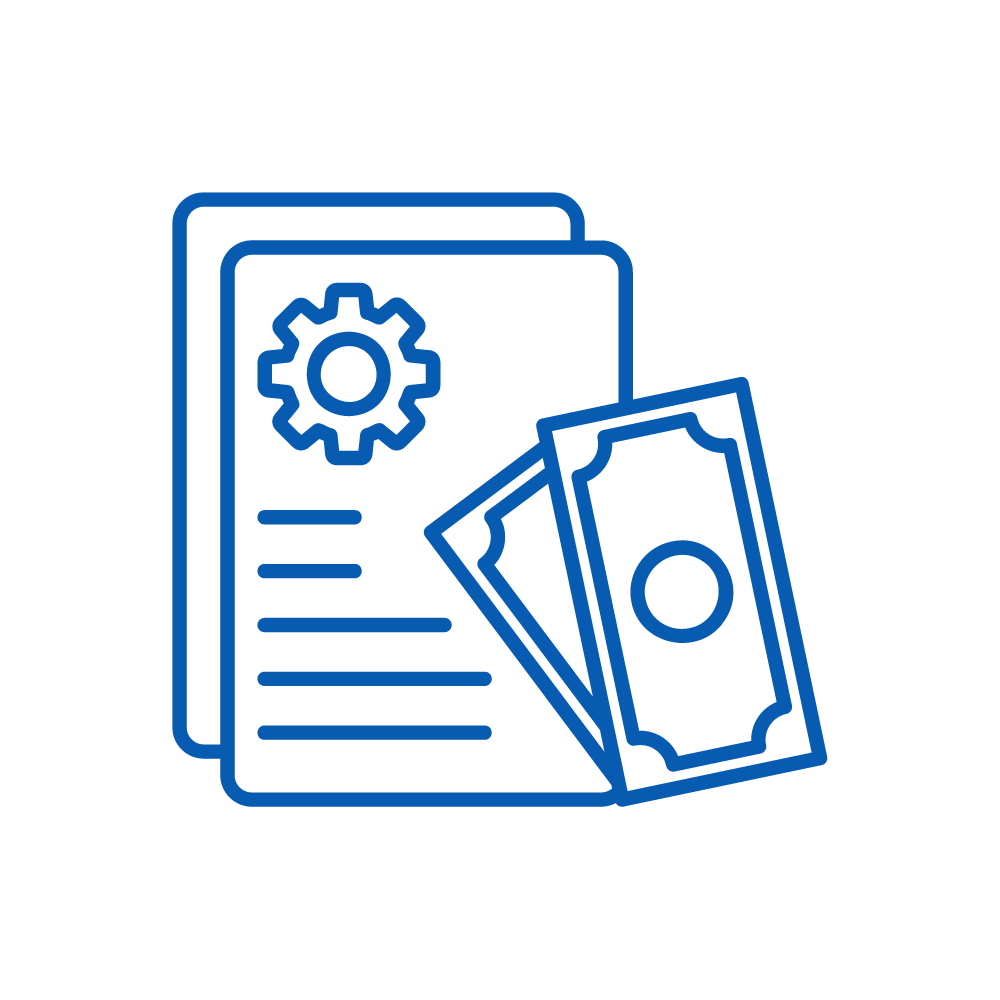
Payroll
Management
Calculate employee salaries, deductions, and taxes. Process payroll payments and generate pay slips. Handle statutory compliance including tax deductions, provident fund contributions, etc.

Performance Management
Set and manage employee performance goals and objectives. Conduct performance appraisals and evaluations. Provide feedback and performance improvement plans.
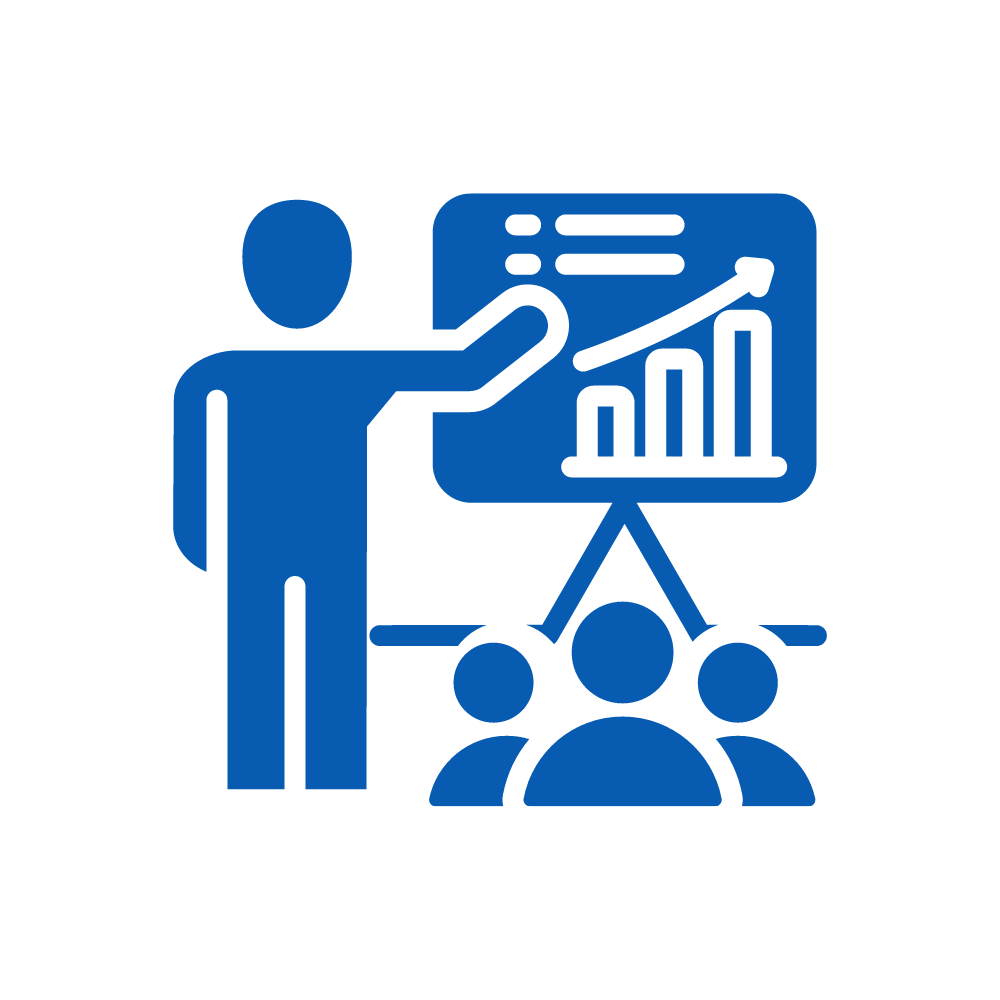
Training and Development
Plan and schedule employee training programs and workshops.Track employee training history, certifications, and skill development.Evaluate the effectiveness of training programs.
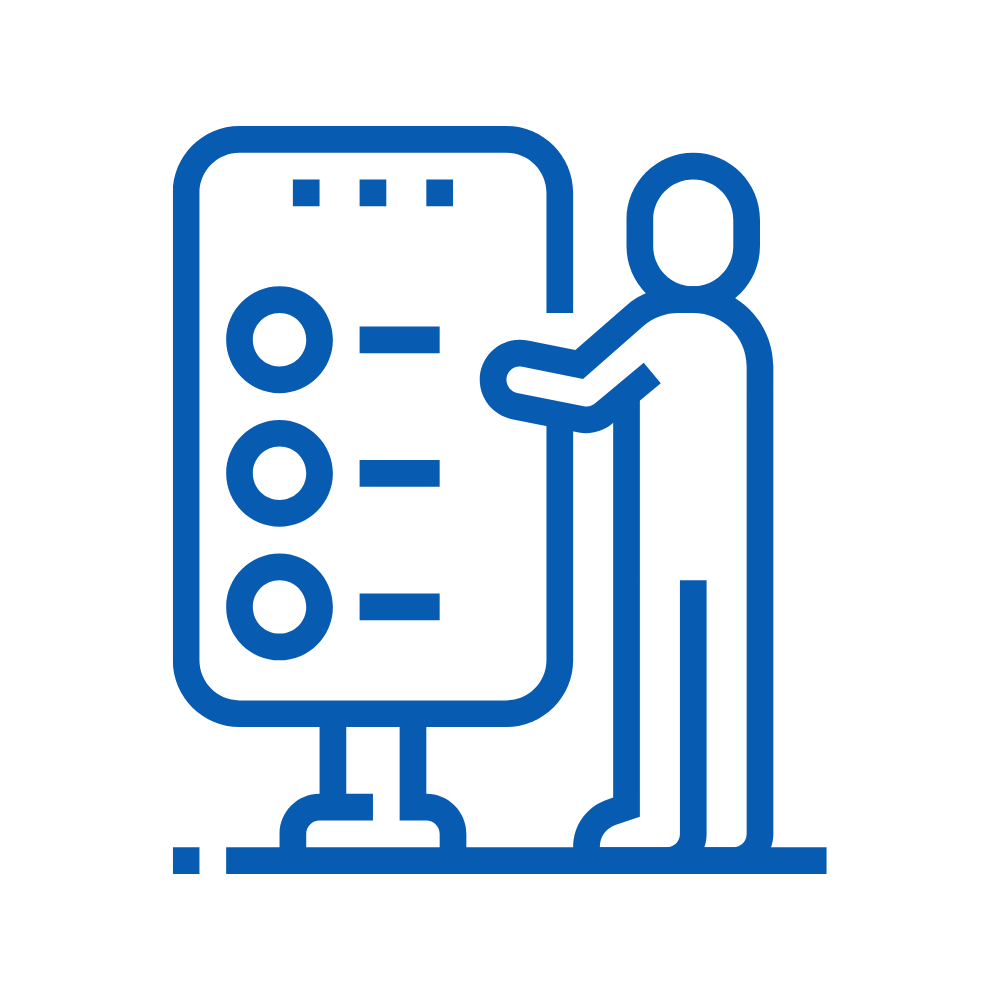
Employee Self-Service Portal
Provide employees with access to self-service features such as updating personal information, submitting leave requests, viewing pay slips, and accessing training resources.

Reporting and Analytics
Generate reports and analytics on HR metrics such as employee turnover, absenteeism, performance ratings, training effectiveness, etc. Use analytics to identify trends, improve processes, and make data-driven decisions.